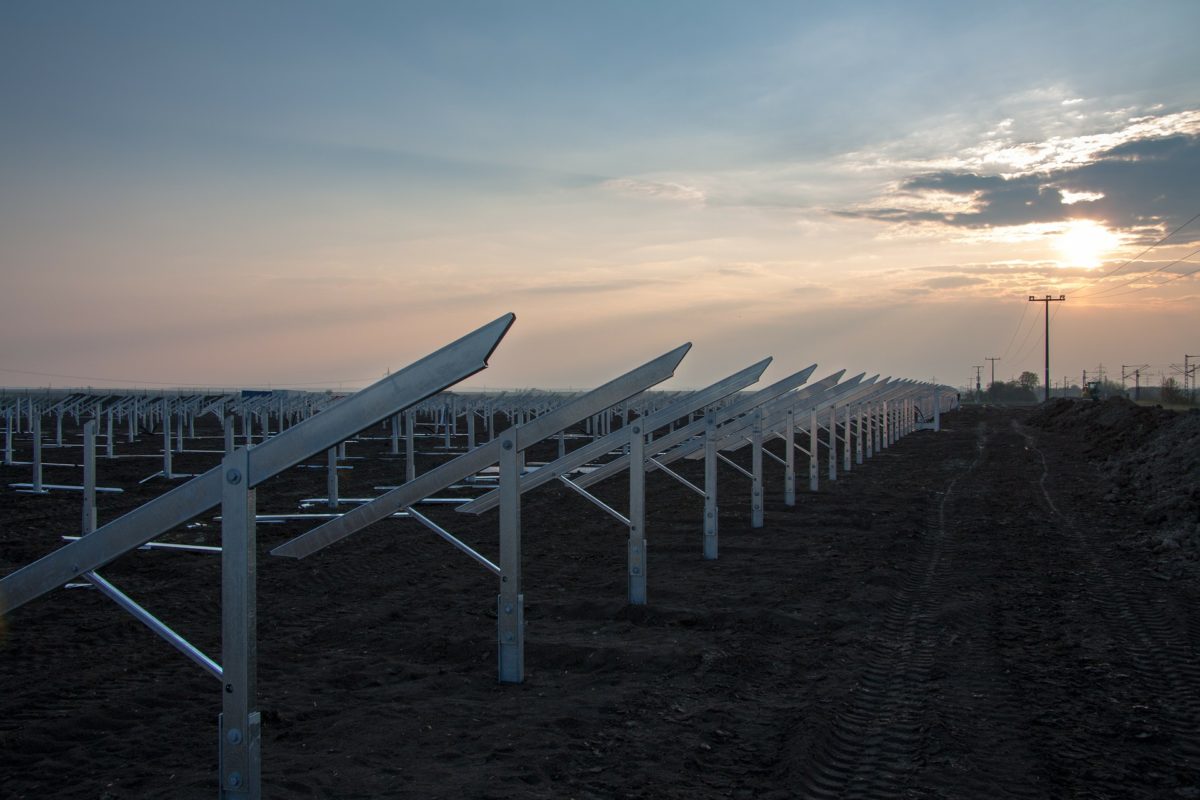From pv magazine India
The Indian renewable energy sector is seeing a rise in investment again following a 24% year-on-year decline in FY2020-21 due to the onset of the Covid-19 pandemic, according to a new briefing note issued by the Institute for Energy Economics and Financial Analysis (IEEFA).
In the first four months of this financial year (FY), from April to July 2021, investment in the Indian renewable energy sector reached US$6.6 billion, surpassing the $6.4 billion level for FY2020-21 and on track to quickly overtake the $8.4 billion total achieved in 2019-20 before the pandemic.
“Rebounding energy demand and a surge of commitments from banks and financial institutions to exit fossil fuel financing are helping to drive investment into Indian renewable energy infrastructure,” said author Vibhuti Garg, Energy Economist, Lead India at IEEFA.
The IEEFA note explores renewable energy investment trends during FY2020-21 and for the first four months of FY2021-22 and also highlights the key deals made during both periods.
Major deals
The majority of the money flowed through acquisitions, which helps to recycle the capital into new projects. The largest of around 30 deals during FY2020-21 and April to July FY2021-22 was SoftBank’s exit from the Indian renewable energy sector in May 2021 with a $3.5 billion sale of assets to Adani Green Energy Limited (AGEL). With this acquisition, AGEL became a major investor as well as the world’s largest solar developer.
Other key deals included Engie’s acquisition by Edelweiss Infrastructure Yield Plus for $550 million, Acme’s acquisition by Scatec Solar for $400 million, and Fortum’s acquisition by Actis for $333 million.
The majority of the other big deals were said to be packaged as debt, equity investment, green bonds, and mezzanine funding.
Indian renewable energy developers are attracting huge investments from green bonds, said co-author Saurabh Trivedi, Research Analyst at IEEFA. “In April 2021, ReNew Power raised money from green bonds with a tenor of 7.25 years at a fixed interest rate of 4.5% per annum, and this was soon trumped in August 2021 by the $414 million 2026 green bond issue by Azure Power Global at a record low 3.575% per year.”
Popular content
In the latest development, a mega $8 billion special-purpose acquisition company (SPAC) transaction between ReNew Power and RMG Acquisition Corporation II received approval from a majority of shareholders, paving the way for a Nasdaq listing with expected trading from 24 August 2021. “This is a landmark transaction as it represents the biggest overseas listing of an Indian company via the SPAC route,” said Trivedi.
Government push
IEEFA analysts note the government is redoubling its efforts to boost energy security and self-reliance by expanding clean energy technologies as demonstrated by Prime Minister Modi’s Independence Day speech, and Indian corporates like Reliance and JSW Energy, which are making big clean energy commitments.
In addition, the lending portfolios of Indian financial institutions like the State Bank of India (SBI) and Power Finance Corporation (PFC) now include more renewable energy assets than fossil fuels – a trend that picked up significantly in the last one to two years.
In a February 2021 report, IEEFA highlighted that India would require a further $500 billion in investment in new wind and solar infrastructure, energy storage, and grid expansion and modernization to reach 450 GW of capacity by 2030.
“The decarbonization of the energy sector will demand massive amounts of investment, and the flow of capital into this space will need to accelerate rapidly to meet India’s clean energy targets and enable a green recovery towards a sustainable economy,” said Garg.
India is currently investing around $18-20 billion in energy generation capacity and a further $20 billion in the grid on an annual basis. To achieve the Sustainable Development Scenario (SDS) in the International Energy Agency’s India Energy Outlook 2021, the country would need to triple its current rate of annual investment to $110 billion.
“This is daunting in one respect,” said Garg. “But the financial trends in Indian renewable energy and grid infrastructure over the last two to three years strongly suggest domestic and global capital can support this ambition.”
This content is protected by copyright and may not be reused. If you want to cooperate with us and would like to reuse some of our content, please contact: editors@pv-magazine.com.



2 comments
By submitting this form you agree to pv magazine using your data for the purposes of publishing your comment.
Your personal data will only be disclosed or otherwise transmitted to third parties for the purposes of spam filtering or if this is necessary for technical maintenance of the website. Any other transfer to third parties will not take place unless this is justified on the basis of applicable data protection regulations or if pv magazine is legally obliged to do so.
You may revoke this consent at any time with effect for the future, in which case your personal data will be deleted immediately. Otherwise, your data will be deleted if pv magazine has processed your request or the purpose of data storage is fulfilled.
Further information on data privacy can be found in our Data Protection Policy.